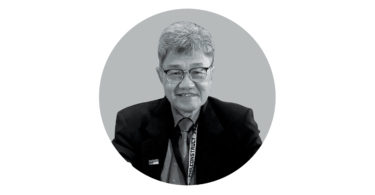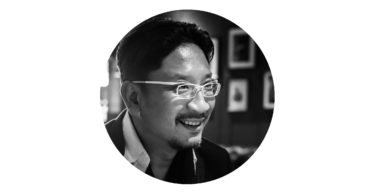Cosmas D Gozali is an award-winning architect, who has over 20 years of industry experience, and a passion for architectural education. Gozali graduated from the Vienna University of Technology in Austria, after which he returned home to Indonesia to dedicate his work here. In 1992, he founded his firm, Atelier Cosmas Gozali, but his love for architectural education kept him busy with invites to speak in seminars both locally and abroad.
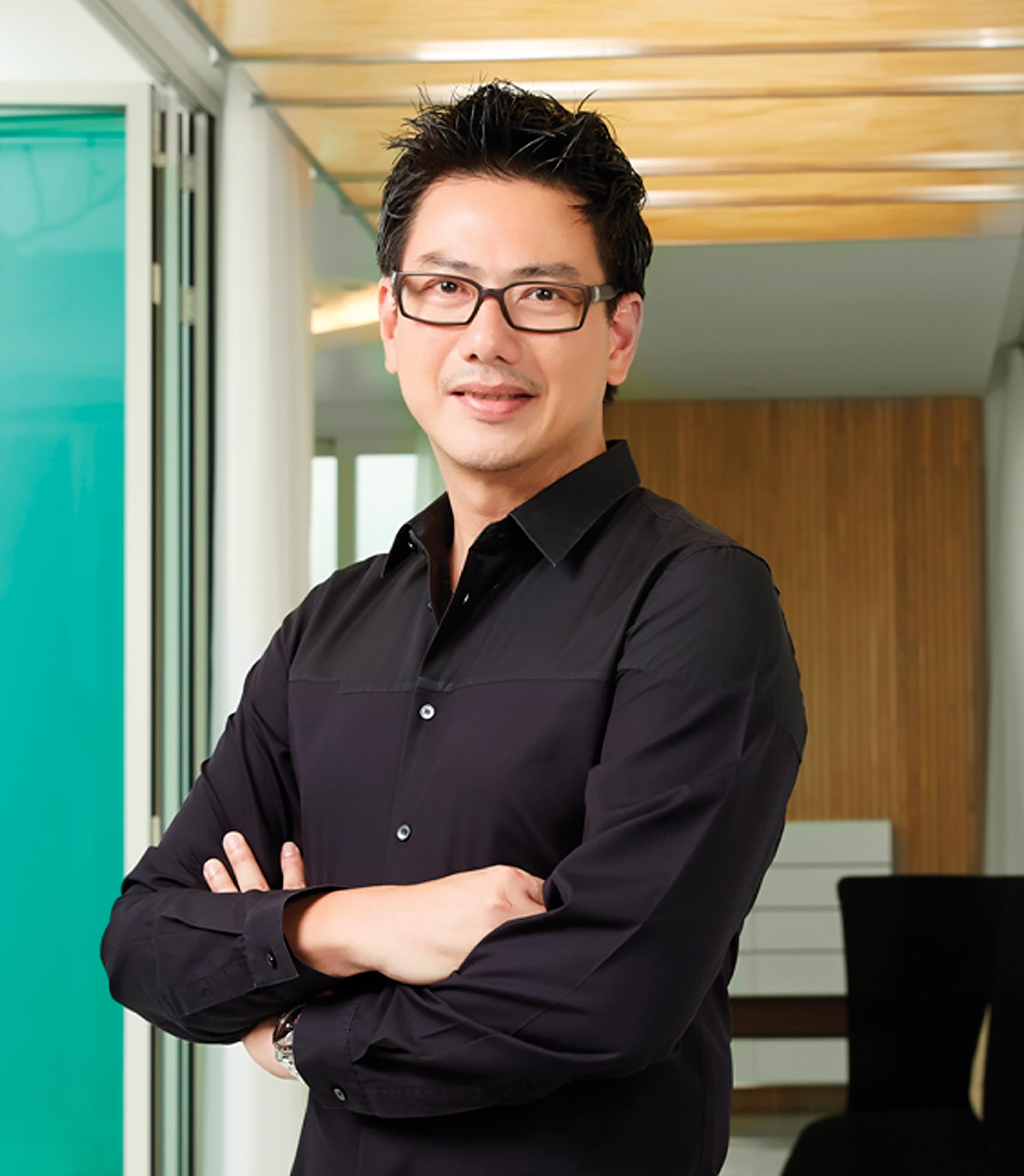
He has been awarded for his various works, such as the IAI Award 2002 for Rumah Ganesha in Bali, ICI Award 2002 for the Rumah Opera and Rumah Origami in Jakarta, and the IAI Jakarta Award 2011 historical buildingconservatory category for conservation of the Swiss ambassador’s residence.An avid art lover, he always tries to incorporate art into his work. It is no wonderthat the government of DKI Jakarta appointed him to lead the renovation and conservation efforts of the Fine Arts and Ceramics Museum in Old City, Jakarta.
You have been involved in so many projects considering you have been working as an architect for more than 20 years. What projects are you working on now?
Currently I’m working on two projects. One with the government of Jakarta, namely the conservation and renovation of the Fine Arts and Ceramics Museum in Old City, Jakarta. Since it’s a heritage building, renovation cannot be done for all the structures. On the other hand, the interior works will be done in accordance with international standards. However, the most important part is the conservation of the garden landscape. The fenced garden will be converted into an open park making it publicly accessible. An amphitheatre will be created in the park to accommodate popular art activities and private art exhibition. By doing so, the museum can become financially independent, where revenue from the space rental can finance the museum’s expenditure. There will also be a sculpture garden, to showcase sculptural artwork. The goal is to educate the public to be more familiar with art. In addition, the park will also showcase endemic plants in Jakarta. The second project is the development of Kanisius Kolese in Jakarta.
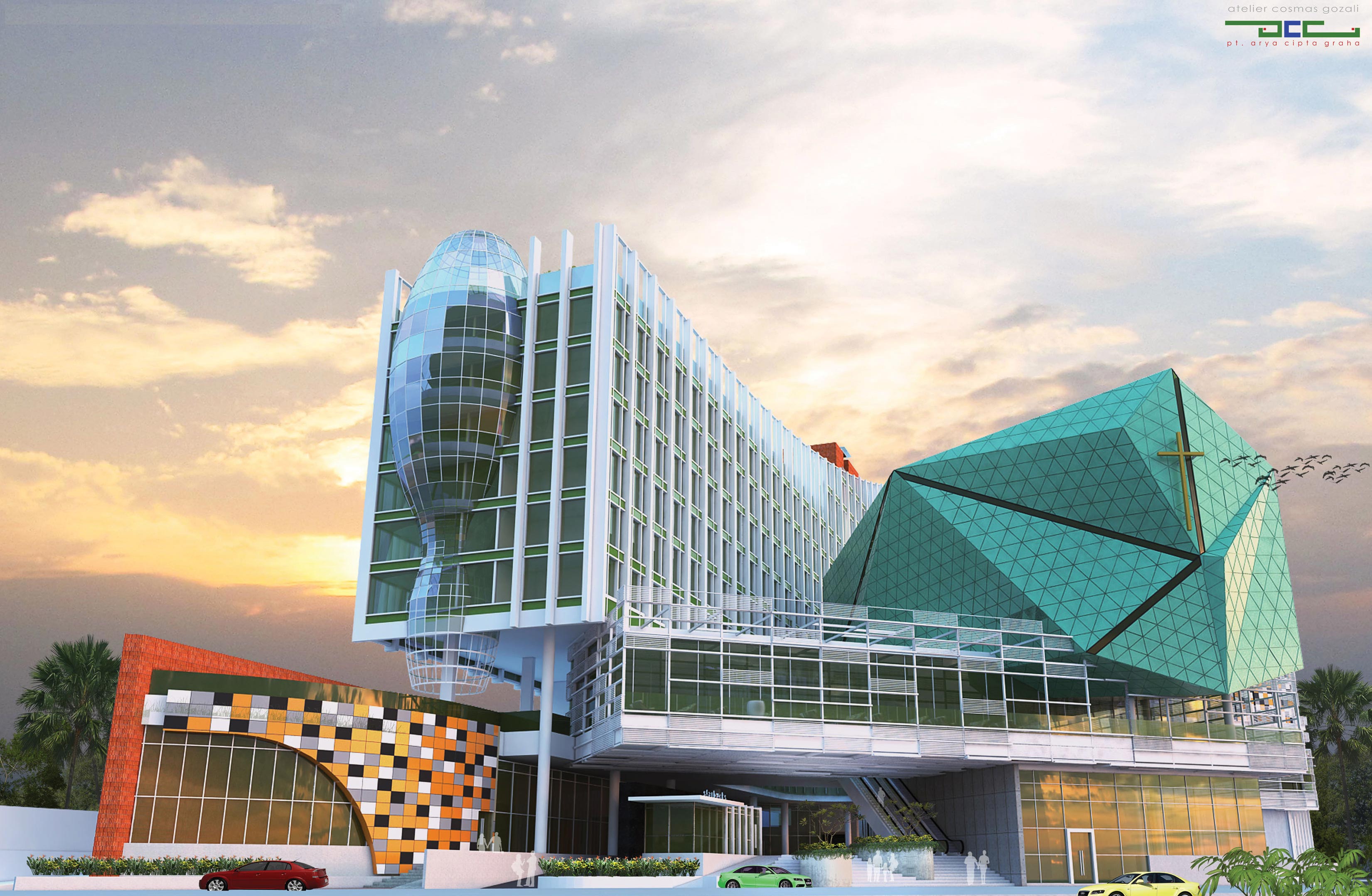 How did you start your firm Atelier Cosmas Gozali 20 years ago?
How did you start your firm Atelier Cosmas Gozali 20 years ago?
This year, Atelier Cosmas Gozali will enter its 25th year. It all started during my studies in Vienna, Austria. I’ve always wanted to return home to contribute to my country. My time in Vienna was not easy, I had to undergo two jobs to pay my way through college. Although my parents were able to offer financial assistance, they did not want to spoil me with all the luxuries. After completing my studies, I returned to Indonesia for a vacation in 1992. Upon seeing the situation in Indonesia, I decided that it was time to return home. What convinced me to come back was Indonesia’s booming economy. Together with a colleague, during summer on 1 October 1992, we founded the company and named it Architelier. In 2005, my partner decided to leave, and I changed the company name to Atelier Cosmas Gozali. Currently, there are 15 architects in my firm, some of them have been with us for six years while others as long as 15. However, I’ve also allowed fresh graduates and undergrads to join us. It can be frustrating at times due to their lack of architectural knowledge. However, this is my commitment to rebuild the country and share my knowledge to the younger generation. Therefore, I am always reminding my colleagues of that vision and our mission is also educational.
What is your approach to designing in order to meet the clients’wishes?
The first thing is communicating with clients, listening to their hopes and dreams. An architect is supposed to be someone who can mix and realise a client’s dream, especially when designing a home. After hearing what a client wants, an architect must be able to process and deliver the best of our knowledge to make the dream into reality. Of course, it is not possible to meet a client’s expectations 100 percent, considering there are technical limitations that must be compromised. As an expert, it is an architect’s obligation to educate the client. Second, an architect must have imagination. When designing, it always feel like I am making a movie. I can imagine how I would design the rooms and how I can interact with the rooms. I evoke my imagination through travelling and I also love to observe people in their daily interactions. Third, technical knowledge is essential to realise the imagination. Knowledge is important; using knowledge, an architect can realise his imagination in the form of pictures and explain it to the client as well as the contractor on how to build based on their drawings. The mastery of technical knowledge is also closely related to maintaining the client’s trust. For example, when a client has entrusted us with a project of a certain value, an architect without sufficient technical knowledge will most likely work beyond the project budget. In addition, construction technology is constantly evolving; it demands architects to always update their knowledge.
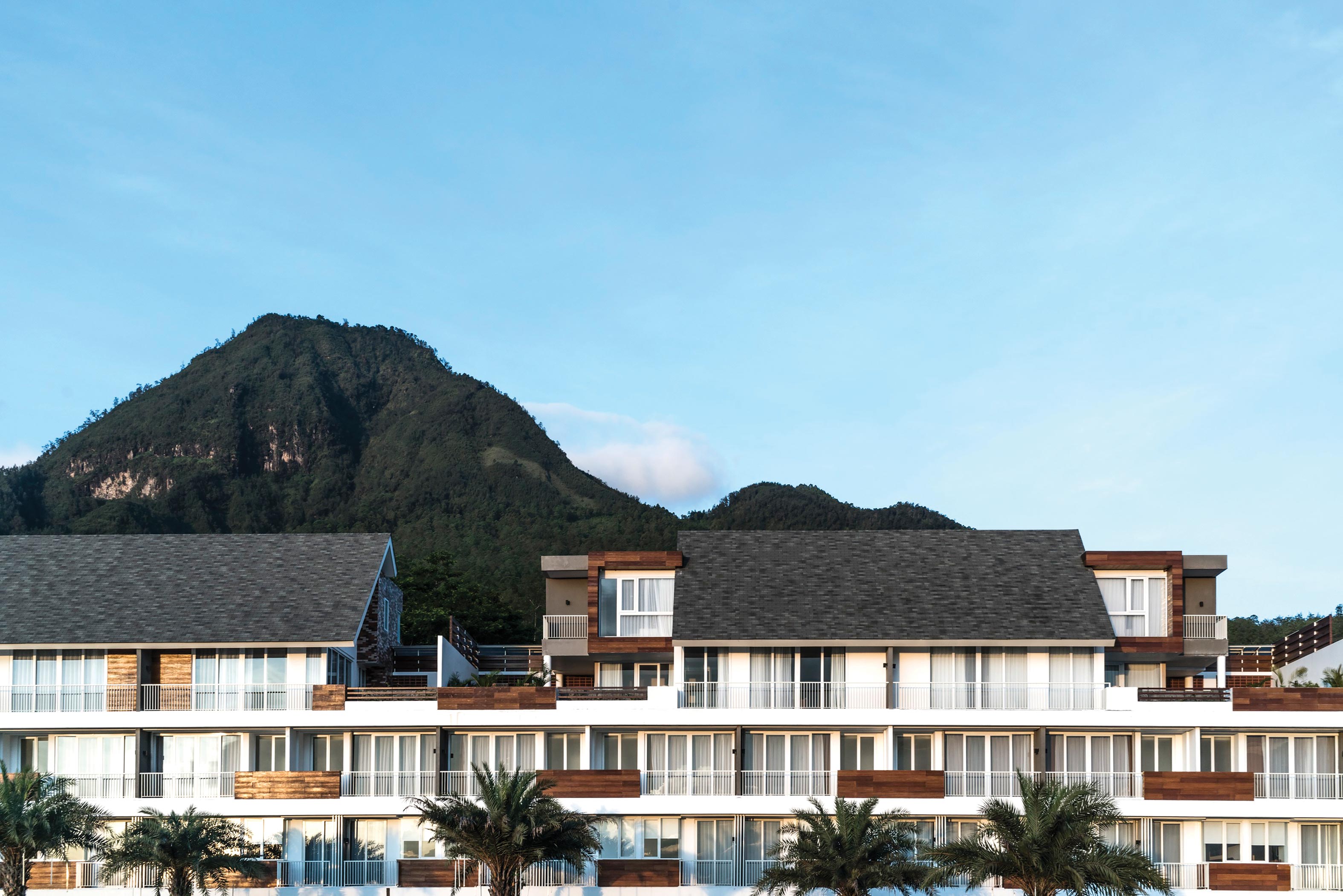 Can you share any successful projects you have done since the inception stage until completion?
Can you share any successful projects you have done since the inception stage until completion?
There are so many projects that I’ve completed and most of them are to the client’s satisfaction. Indeed, sometimes there are obstacles in the execution of the project, such as issues with the contractor. One that I can remember is a house in Kelapa Gading. There is also the Swiss ambassador’s residence in Jakarta that I built from 2009 to 2010. The Swiss ambassador’s residence is not only about building a new homes, but also conserving the heritage building at the front of the house. For the conservation process, we were not allowed to change the shape of the façade, but were given permission to change the non-structural part. In the process, all parts of the house, from the roof to the window, were maintained in accordance with the original building design. However, because there is a rule on noise limitation, we installed a double window. Not only did we conserve the building, we also paid attention to detail in the landscape by potting a few greens that were planted when the building was initially built. For our work on the Swiss ambassador’s residence, we received the building conservation category award at Jakarta IAI Award and an award from the government of DKI Jakarta. This year, once again we were given the task to increase the security of the residence.
In your opinion, what are the strengths of your architectural firm and how do you achieve that?
My strength is the concept of space. That is why the first book I published was entitled Soul of Space. I do not attach myself to one specific style, instead I build soul. A room must have soul. Beautiful soul will provide beautiful space. Soul is also about the composition and proportion of a building.
What principles do you apply to your work ethics and work culturein your firm?
The first principle is knowledge. An architect must have broad knowledge. I require every architect in my firm to do research and development when working on a project, whether in the field of architecture, engineering, social, cultural, engineering or history. With research, they can find out the background of their design. Second, time management. All my team members must work within the time frame. For me, time management is a form of commitment and integrity of our work. Indonesian architects must have good time management so they can compete with foreign ones.
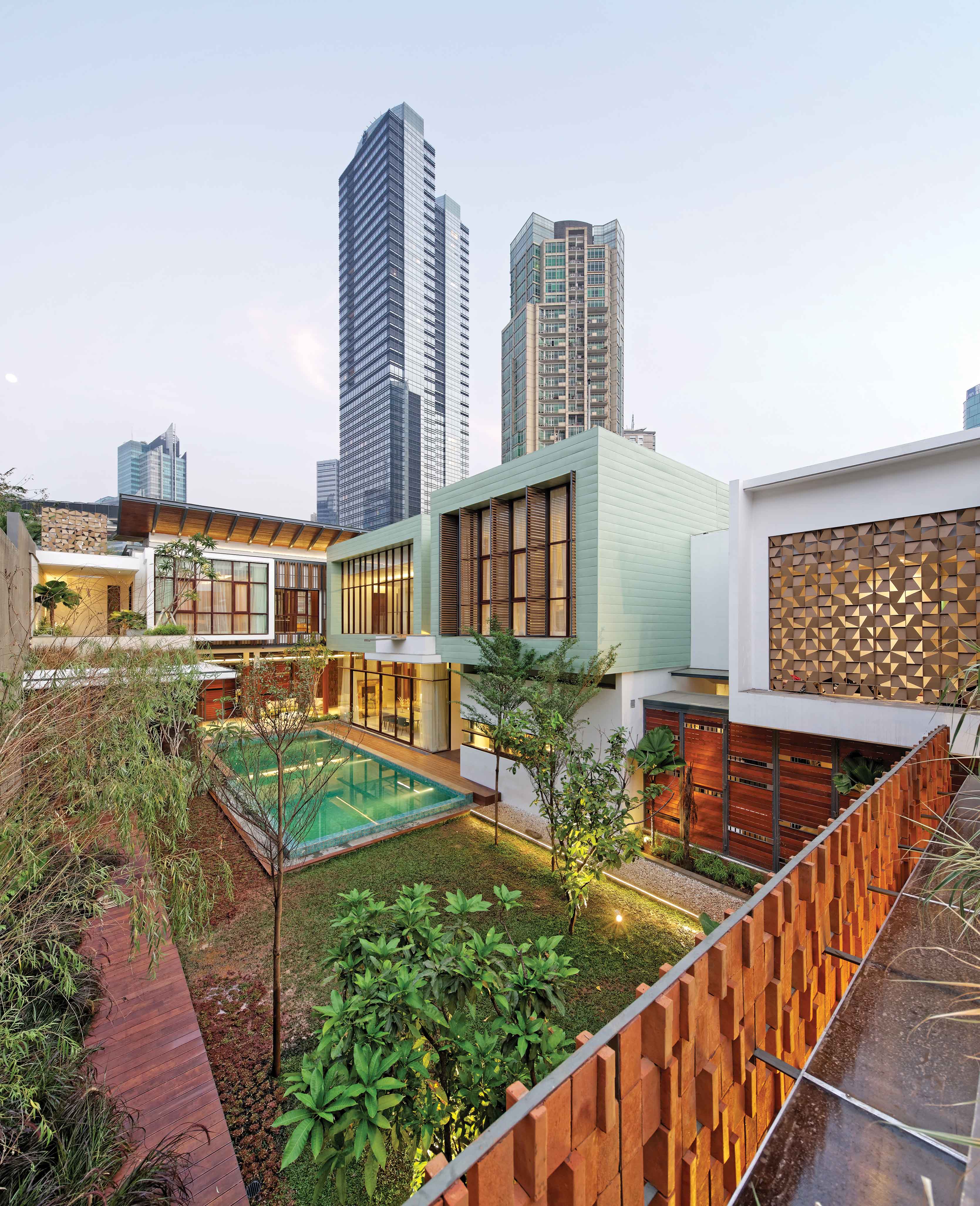 How do you regard the development of architecture in Indonesia? What are the future challenges for Indonesia?
How do you regard the development of architecture in Indonesia? What are the future challenges for Indonesia?
Currently, architecture in Indonesia is far more advanced than it was in the past. However, let’s also consider that the number of Indonesian architects have grown a hundredfold. However, in terms of quality, young architects today are far off from their predecessors 15 years ago. Nowadays, knowledge of our young architects is getting more and more inadequate. It is closely related to the university curriculum. It has resulted in a gap between what is taught in universities and what is needed to work as an architect. Therefore, I open my firm’s door for architecture students who want to do internships, and for young architects and fresh graduates who want to learn and gain knowledge in the world of architecture.
During 2014, you were travelling throughout Indonesia to give lectures to architecture students. What was your motivation behind that?
My goal was to open the eyes of architecture students of what standard is needed to work as an architect. I have to give them the sense that the profession requires persistence and commitment. Of the 24 universities that I visited, nearly 95 percent of their students want to work abroad. Their favourite destination is Singapore. It’s because they consider Indonesia as a less promising learning destination for the profession. One contributing factor is the absence of role models in Indonesia. They feel that the profession in Indonesia is less prestigious and not financially supported. That is why I published a book in 2012. Moreover, as a form of awareness, I raised a CSR fund to donate books to 71 universities in Indonesia.
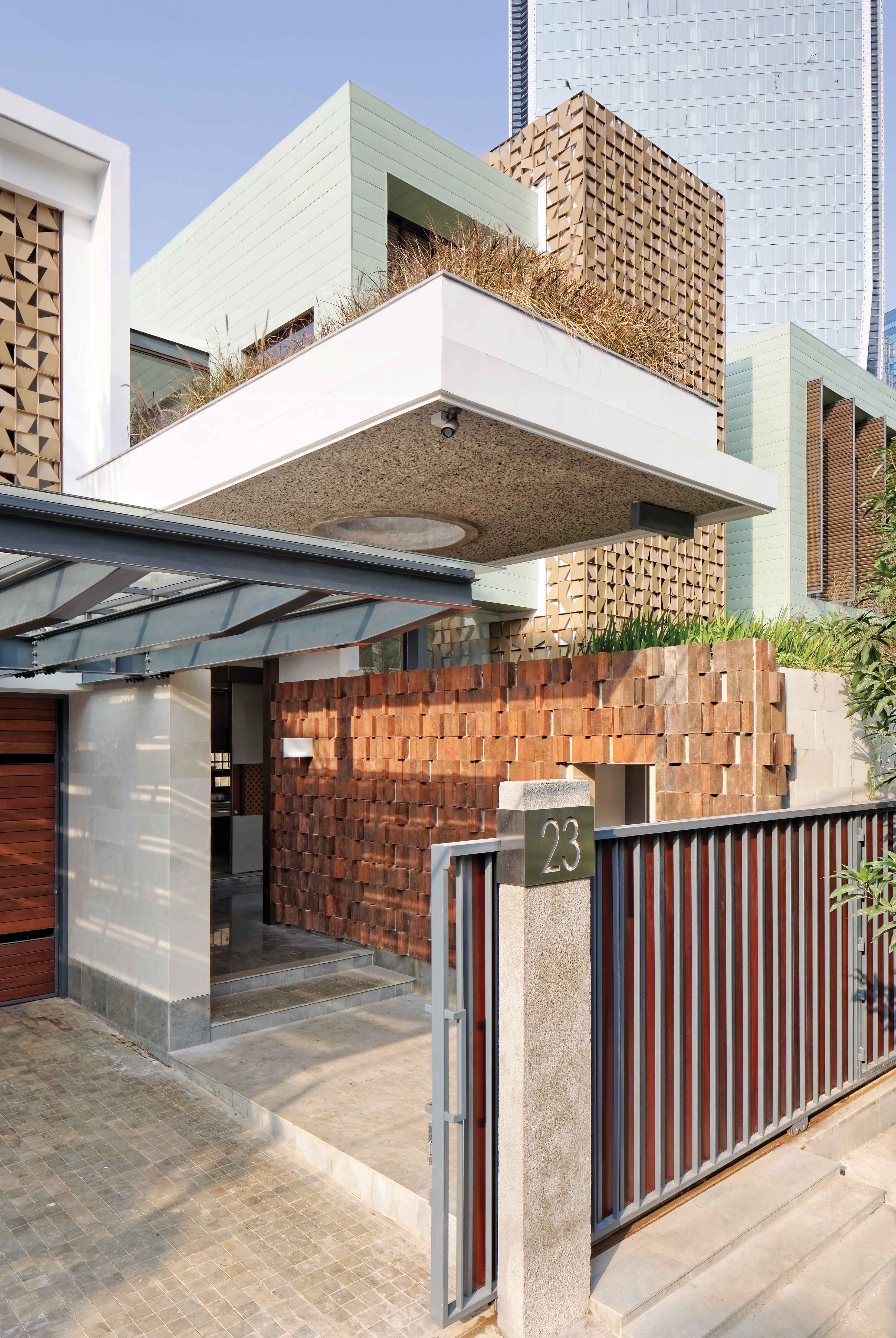 How do you see the future of Indonesian architects?
How do you see the future of Indonesian architects?
The future is bright for Indonesian architects, as long as there is a shared commitment. I was trying to play a role in moulding the future of Indonesian architects. On the one hand, I have always lobbied to developers the idea of using local architects instead of hiring foreign ones. In this case, the government should also provide sales value to Indonesians architects. Furthermore, local architects still need the transfer of knowledge from foreign architects. Another thing that equally important is the provision of the architecture law. It is not for protection, but as a set of rules to make sure that Indonesian architects are taken care of.
What are your big plans in the coming years?
Of course, like other professionals, I would like to be recognised internationally. I have the passion to venture into formal education, such as architecture courses. My first course started in January. There were many of applicants, hence I will retain the course format. My aim is to educate young architects to be great. Thus, what I do today could be a legacy for the future.

 Malaysia
Malaysia Hong Kong
Hong Kong Singapore
Singapore Tiếng Việt
Tiếng Việt ประเทศไทย
ประเทศไทย




